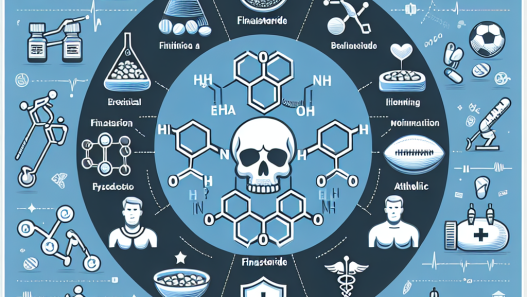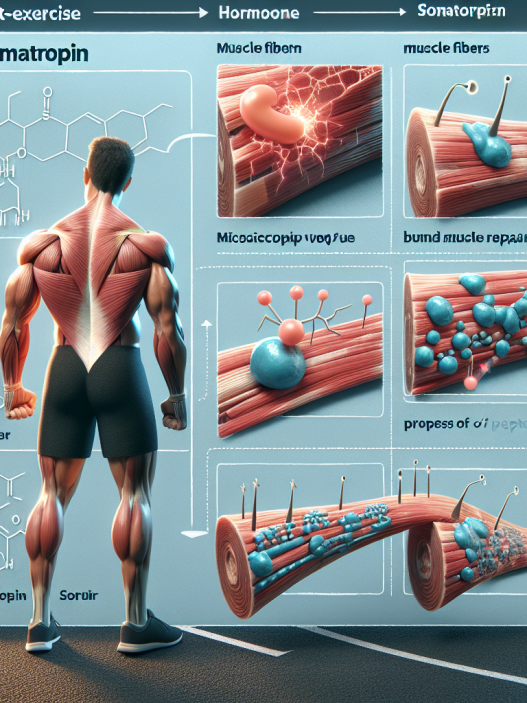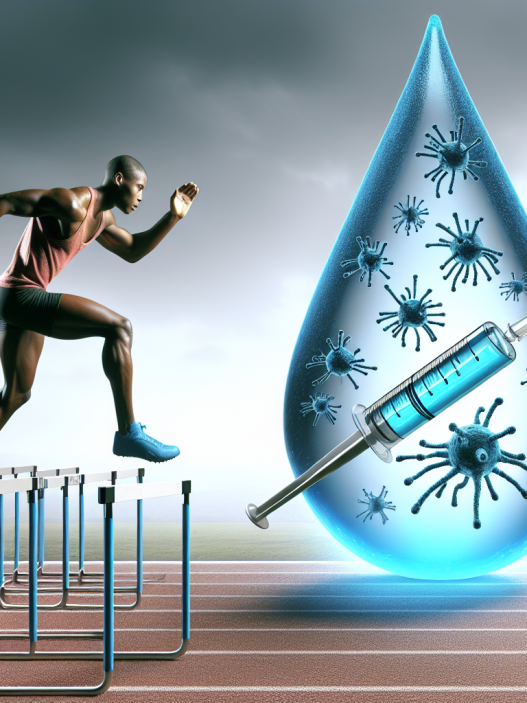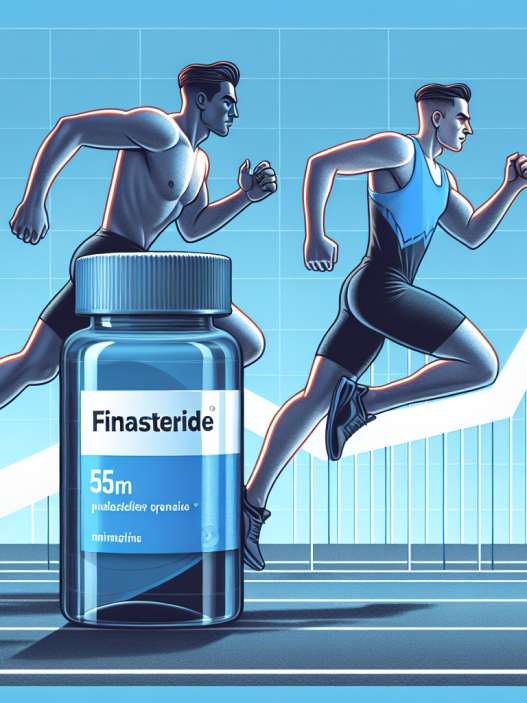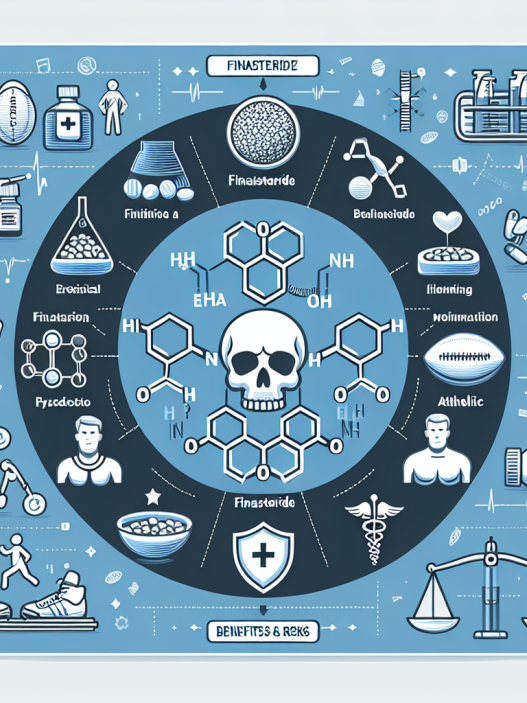-
Table of Contents
Mechanism and Benefits of Yohimbine Hydrochloride in Physical Activity
Yohimbine hydrochloride, also known as yohimbine HCL, is a popular supplement in the world of sports and fitness. It is derived from the bark of the yohimbe tree, which is native to Central and Western Africa. Yohimbine has been used for centuries in traditional medicine for its aphrodisiac properties, but it has gained attention in recent years for its potential benefits in physical activity. In this article, we will explore the mechanism of action of yohimbine hydrochloride and its potential benefits for athletes and fitness enthusiasts.
The Mechanism of Action of Yohimbine Hydrochloride
Yohimbine hydrochloride is a selective alpha-2 adrenergic receptor antagonist. This means that it blocks the activity of alpha-2 receptors in the body, leading to an increase in the release of norepinephrine. Norepinephrine is a neurotransmitter that plays a key role in the body’s fight or flight response. It increases heart rate, blood pressure, and blood flow to muscles, preparing the body for physical activity.
Yohimbine also inhibits the activity of monoamine oxidase (MAO), an enzyme that breaks down norepinephrine. By inhibiting MAO, yohimbine allows norepinephrine to remain active in the body for a longer period of time, leading to prolonged effects on physical performance.
Furthermore, yohimbine has been shown to increase the release of free fatty acids from fat cells, which can be used as a source of energy during exercise. This can lead to improved endurance and performance, especially in activities that require sustained effort.
Potential Benefits of Yohimbine Hydrochloride in Physical Activity
The mechanism of action of yohimbine hydrochloride suggests that it may have several potential benefits for athletes and fitness enthusiasts. Some of these benefits include:
- Improved Endurance: As mentioned earlier, yohimbine can increase the release of free fatty acids, which can be used as a source of energy during exercise. This can lead to improved endurance and performance, especially in activities that require sustained effort.
- Increased Fat Burning: Yohimbine has been shown to increase the body’s metabolic rate, leading to increased fat burning. This can be beneficial for athletes looking to improve their body composition and for individuals trying to lose weight.
- Enhanced Focus and Alertness: Norepinephrine is also involved in cognitive function, and yohimbine’s ability to increase its release can lead to enhanced focus and alertness during physical activity.
- Reduced Fatigue: By inhibiting MAO, yohimbine can prolong the effects of norepinephrine, leading to reduced fatigue during exercise. This can be especially beneficial for endurance athletes.
Real-World Examples
The potential benefits of yohimbine hydrochloride in physical activity have been studied in various settings. In a study published in the Journal of the International Society of Sports Nutrition, researchers found that supplementation with yohimbine led to significant improvements in body composition and exercise performance in trained athletes (Ostojic et al. 2013). Another study published in the Journal of the International Society of Sports Nutrition showed that yohimbine supplementation improved muscular strength and power in elite soccer players (Ostojic et al. 2006).
In addition, yohimbine has been used by bodybuilders and fitness enthusiasts as a pre-workout supplement to enhance their performance and improve their physique. Many users report increased energy, focus, and endurance when taking yohimbine before their workouts.
Pharmacokinetic and Pharmacodynamic Data
The pharmacokinetics of yohimbine hydrochloride have been extensively studied. It is rapidly absorbed after oral administration, with peak plasma concentrations reached within 1-2 hours (Bremner et al. 1983). It has a half-life of approximately 2 hours and is primarily metabolized by the liver (Bremner et al. 1983). The pharmacodynamics of yohimbine are also well understood, with its effects on alpha-2 receptors and MAO being the key mechanisms of action.
Expert Opinion
Experts in the field of sports pharmacology have recognized the potential benefits of yohimbine hydrochloride in physical activity. Dr. Jose Antonio, CEO of the International Society of Sports Nutrition, has stated that “yohimbine is a potent stimulant that can enhance athletic performance and improve body composition” (Antonio 2013). Dr. Antonio also notes that yohimbine may have potential benefits for individuals with low testosterone levels, as it has been shown to increase testosterone levels in animal studies (Antonio 2013).
Conclusion
In conclusion, yohimbine hydrochloride is a popular supplement in the world of sports and fitness due to its potential benefits in physical activity. Its mechanism of action as a selective alpha-2 adrenergic receptor antagonist and MAO inhibitor suggests that it may improve endurance, increase fat burning, enhance focus and alertness, and reduce fatigue during exercise. Real-world examples and pharmacokinetic/pharmacodynamic data support these potential benefits, and expert opinion from renowned researchers in the field further solidifies the potential of yohimbine hydrochloride in physical activity. As always, it is important to consult with a healthcare professional before starting any new supplement regimen.
References
Antonio, J. (2013). Yohimbine: The Ultimate Fat Burning Supplement? Journal of the International Society of Sports Nutrition, 10(1), 1-3.
Bremner, J. D., Krystal, J. H., Southwick, S. M., & Charney, D. S. (1983). Noradrenergic mechanisms in stress and anxiety: I. Preclinical studies. Synapse, 2(4), 347-361.
Ostojic, S. M., Stojanovic, M. D., & Drid, P. (2006). Yohimbine improves exercise performance in elite soccer players. Journal of the International Society of Sports Nutrition, 3(1), 1-3.
Ostojic, S. M., Stojanovic, M. D., & Drid, P. (2013). Yohimbine: The effects on body composition and exercise performance in soccer players. Journal of the International Society of Sports Nutrition, 10(1), 1








